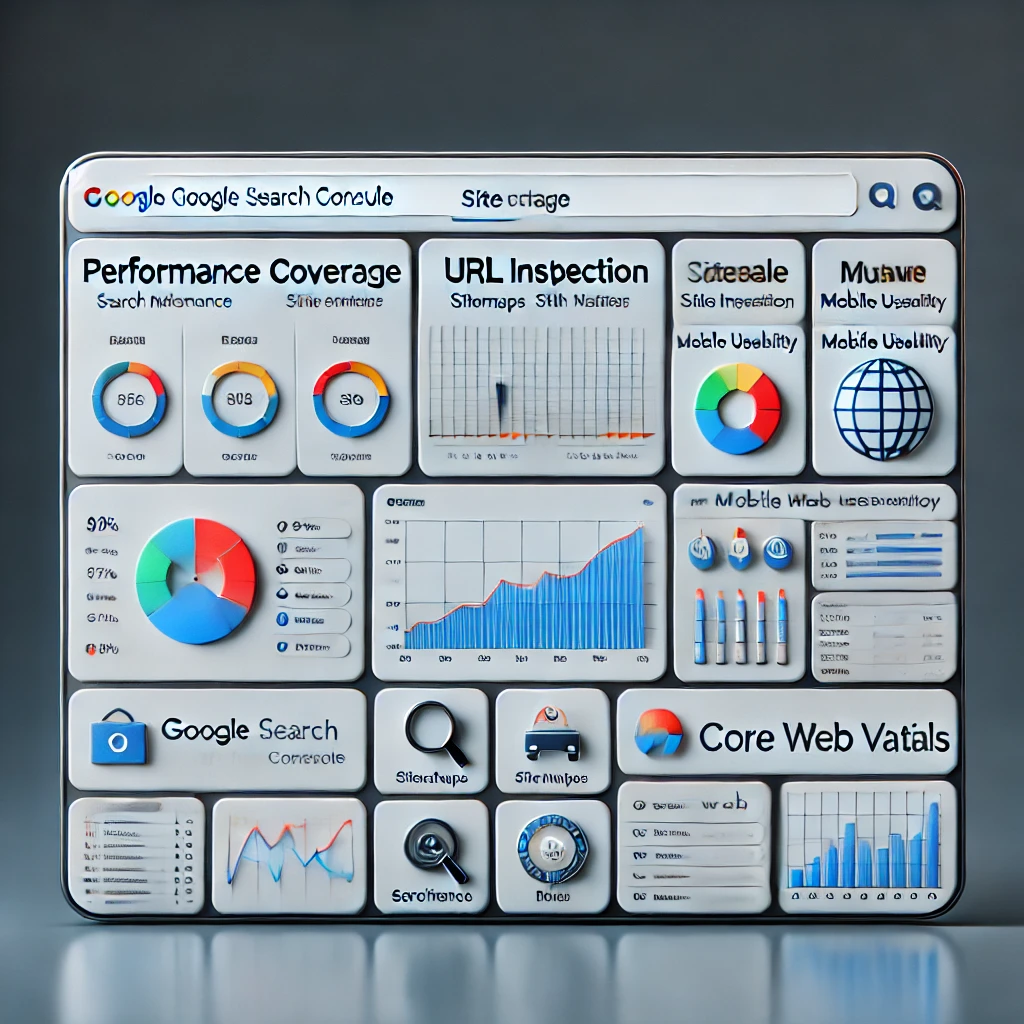Search Engine Optimization (SEO) is the process of enhancing a website’s visibility in search engine results to drive organic traffic. It combines technical, on-page, and off-page strategies to align a website with search engine algorithms. Below is an overview of key SEO techniques:
1. On-Page SEO
On-page SEO focuses on optimizing elements within a website to improve its search engine rankings.
- Keyword Optimization: Research and strategically use high-traffic, relevant keywords in meta titles, descriptions, headings, and content.
- High-Quality Content: Craft original, informative, and engaging content tailored to user intent. Focus on E-E-A-T principles (Experience, Expertise, Authoritativeness, and Trustworthiness).
- Internal Linking: Connect relevant pages within your site to improve navigation and link equity distribution.
- Meta Tags: Write compelling title tags and meta descriptions with targeted keywords to improve click-through rates (CTR).
- URL Structure: Ensure URLs are short, descriptive, and keyword-rich to aid both users and search engines.
- Image Optimization: Compress images and add descriptive alt text to enhance loading speed and accessibility.
2. Technical SEO
Technical SEO ensures a website’s infrastructure is optimized for crawling and indexing by search engines.
- Mobile Optimization: Create a responsive design to ensure seamless user experiences across devices.
- Site Speed: Improve loading times by compressing files, using caching, and optimizing server performance.
- Secure Website (HTTPS): Secure your site with SSL certificates to build user trust and meet ranking factors.
- Structured Data (Schema Markup): Implement schema to help search engines understand your content better, enabling rich results like featured snippets.
- XML Sitemaps: Submit an updated sitemap to search engines to guide them in indexing site pages efficiently.
- Fix Broken Links: Regularly identify and repair broken links to maintain link equity and user experience.
3. Off-Page SEO
Off-page SEO builds a website’s authority and trustworthiness through external factors.
- Link Building: Acquire high-quality backlinks from reputable sites to increase domain authority.
- Social Media Marketing: Promote content on social platforms to drive engagement and referral traffic.
- Guest Posting: Publish articles on niche-relevant blogs to reach new audiences and earn backlinks.
- Influencer Outreach: Collaborate with influencers to boost brand visibility and credibility.
4. Local SEO
Local SEO targets location-specific audiences, especially for brick-and-mortar businesses.
- Google My Business (GMB): Optimize your GMB profile with accurate business details, photos, and reviews.
- Local Keywords: Use location-based keywords to rank for local searches.
- Citations: List your business on relevant local directories for consistent NAP (Name, Address, Phone) details.
5. Advanced Techniques
- Voice Search Optimization: Focus on conversational keywords and FAQs to target voice-based queries.
- Core Web Vitals: Optimize metrics like Largest Contentful Paint (LCP), First Input Delay (FID), and Cumulative Layout Shift (CLS).
- Content Repurposing: Turn blog posts into videos, infographics, or podcasts to expand your reach.
By combining these strategies, SEO helps websites rank higher in search results, boosting visibility, traffic, and conversions. Regular monitoring and adaptation to evolving algorithms are essential for sustained success.












